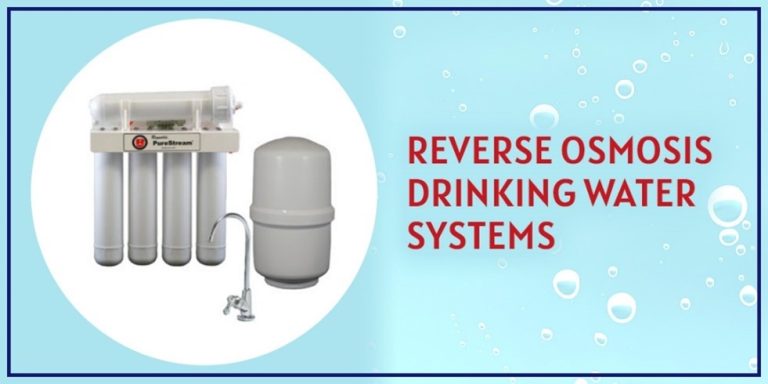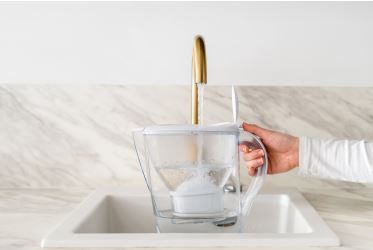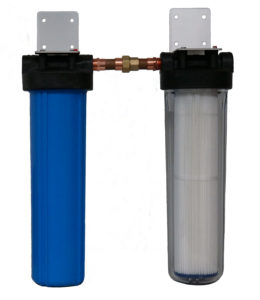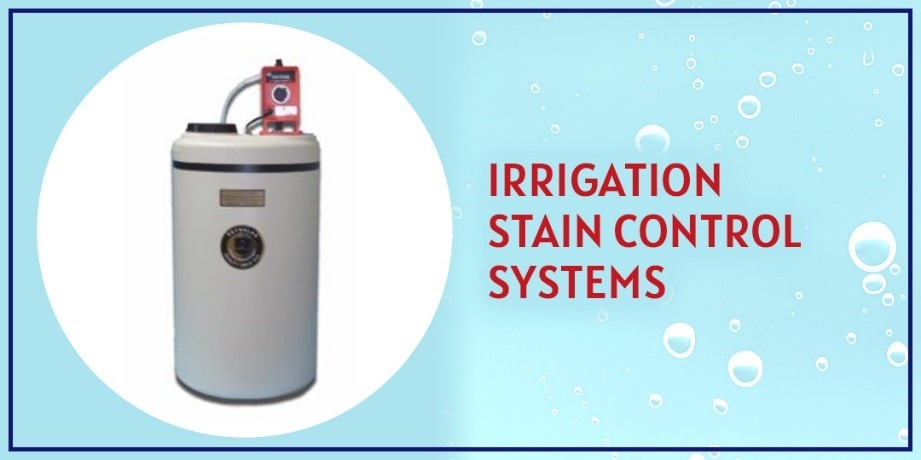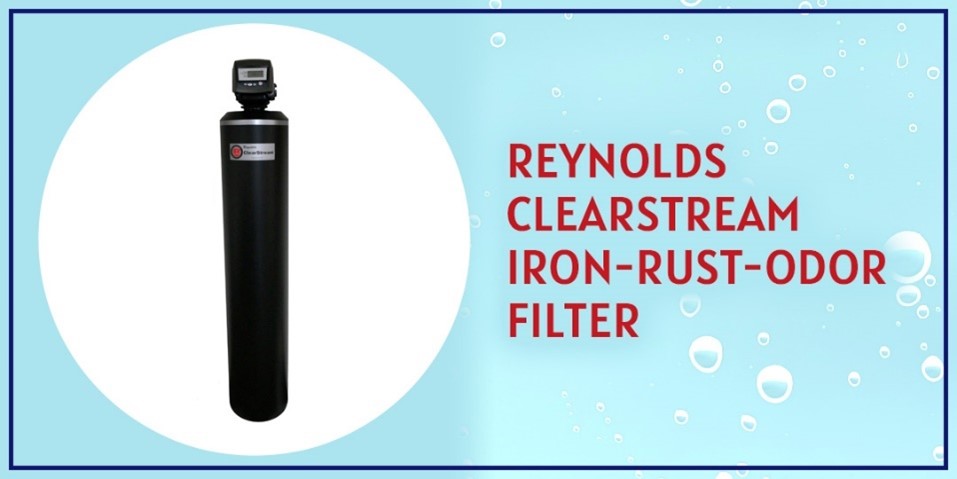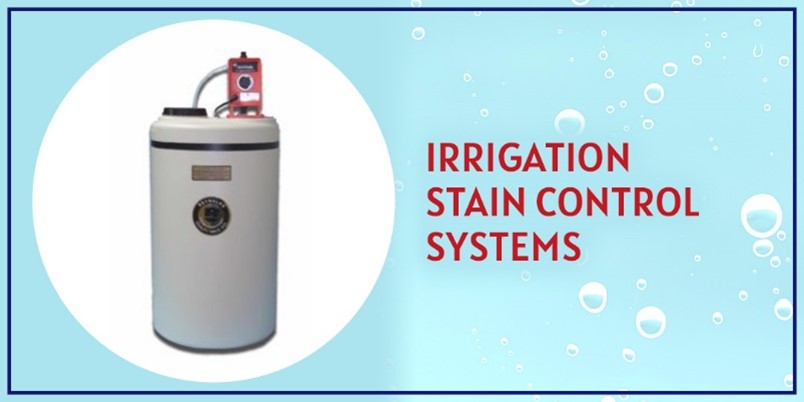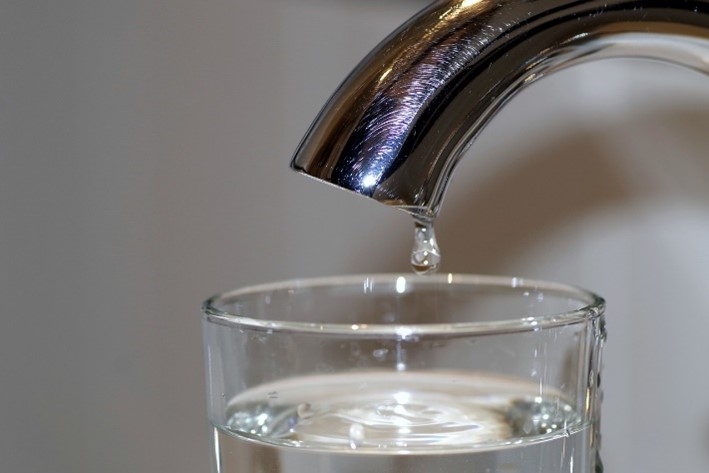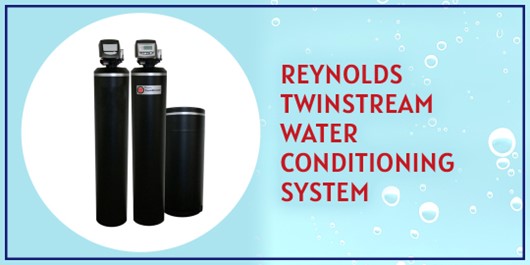Numerous harmful substances are increasingly contaminating our drinking water. This includes per- and polyfluoroalkyl substances (PFAS), often referred to as ‘forever chemicals.’ These fluorinated compounds are notable for their resistance to degradation, ability to accumulate in tissues, and high mobility in the environment. Originally used in products like non-stick cookware, stain repellents, and surfactants, PFAS have emerged as a significant environmental and health issue in recent decades. With advancements in analytical technology, PFAS can now be detected nearly everywhere, intensifying concerns about the health implications of current exposure levels.
PFAS: Multiple Exposures
Our exposure to PFAS—per- and polyfluoroalkyl substances—occurs through drinking water, air, food, and to a lesser degree, skin absorption. While reducing airborne exposure is challenging, frequent household cleaning can help minimize inhalation of PFAS-laden dust, although this exposure route needs more research.
PFAS are also prevalent in food and food packaging. With limited regulatory oversight in this area, altering our dietary habits to decrease PFAS exposure proves difficult without knowing which foods are less contaminated or if a significant portion of grocery store products are affected.
Drinking water is currently the most manageable source of PFAS to address when aiming to reduce exposure. Effective filtration systems can significantly lower PFAS levels in household water supplies, providing a direct and impactful means of protection.
Treating Drinking Water
The most effective method for ensuring safe drinking water is to upgrade treatment facilities to remove PFAS, thereby securing clean water for people of all socio-economic statuses. This is crucial since traditional water treatment methods often fail to eliminate these contaminants. However, specialized treatments for PFAS can be expensive and take time to implement.
While consuming bottled water might seem like a simple alternative, it is not always economically viable for everyone. Additionally, compared to tap water, bottled water has a larger environmental impact due to the transportation and disposal of plastic bottles.
Boiling water does not effectively destroy PFAS. Although boiling can slightly reduce PFAS levels in the water, it also releases some volatile components into the air, merely shifting the problem rather than resolving it.
Residential Drinking Water Treatment Options
For domestic water treatment, the most economical option is to install a filter at the main kitchen sink, known as point-of-use (POU) treatment. Treating the entire home’s water supply is generally unnecessary and more costly, as baths and showers pose minimal risk for PFAS exposure. Below, we list the two main types of residential treatment options:
- Nanofiltration and Reverse Osmosis Systems
These systems are effective if certified to remove PFAS, but their efficiency varies based on water quality and the contaminants present. While under-sink systems require a higher initial investment and yearly replacement of cartridges or membranes, they may also need professional installation and space under the sink.
Our Reynolds Reverse Osmosis System has five high-performance filtration stages to reduce harmful contaminates, including PFAS’s, providing you with healthier and better tasting water right from the tap.
- Pitcher-type Filters
These are easy to use, relatively inexpensive, and quick to install. However, standard pitcher filters may not effectively remove PFAS, particularly the newer, shorter-chain varieties. Their effectiveness can also vary depending on the water’s characteristics and the contaminants it contains.
To enhance filtration performance, it’s advisable to regularly replace the filters according to the manufacturer’s guidelines. Furthermore, for households with higher contamination levels or specific water quality concerns, considering a more robust filtration system is likely necessary.
For clean drinking water solutions, contact Reynolds Water Conditioning today for quality you can trust.
Reynolds Water Conditioning was established in 1931 and is Michigan’s oldest water conditioning treatment company. Still owned and operated by the Reynolds family, we take pride in providing the highest quality products at a cost-effective price. If your tap water lacks the quality you deserve, contact us today at 800-572-9575.
Written by the digital marketing team at Creative Programs & Systems: www.cpsmi.com
